If you are looking for a travel guide to Slovenia you’ve come to the right place. Slovenia, which borders northeast Italy, was once part of the former Yugoslavia. Slovenia and its neighbor to the south, Croatia, declared independence from Yugoslavia in 1991. Today, this beautiful, independent country is one of the unsung jewels of the Balkan Peninsula, one waiting to be discovered. In fact, Slovenia is often referred to as “Croatia without the crowds.”
Quick Guide to Slovenia
Slovenia travel means the intoxicating beauty of Lake Bled, one of the most picturesque lakes not only in Slovenia, but Europe, and the serenity of the Slovene Riviera, located on the Gulf of Trieste, which boasts beaches that can rival any found on the Adriatic coast as well as the Mediterranean.
Slovenia is also home to three branches of the Alps: the Julian Alps, which houses the country’s highest peak, Mount Triglav; the Karavanke Alps, one of the longest mountain ranges in Europe; and the Kamnik-Savinja Alps, where you will find the Skuta Glacier, which is the most southeastern glacier in the Alps, as well as one of its lowest-elevation glaciers. Whichever Alpine range you choose to explore, you will be blessed with majestic peaks, glacial rivers and lakes and magnificent mountain meadows. Do you like going underground instead? Our Slovenia travel guide will take you spelunking in the country’s vast, otherworldly cave systems, including Škocjan Caves, which is a UNESCO World Heritage Site.
Because of Slovenia’s intricate network of trails, it is also a hiker’s paradise. In fact, there are more than 10,000 kilometres (over 6,200 miles) of marked hiking trails in Slovenia. Furthermore, three of the world’s most renowned international hiking trails meet in Slovenia: the legendary Alpe Adria Trail, which stretches 750 kilometres (466 miles) through Austria, Italy and Slovenia; Via Alpina, which, according to Via Alpina — Discover the Alps, consists of five international trails through eight countries; and the Way of St. James, the Slovenian version of the sacred El Campo
If you prefer city life, look no further than Slovenia’s historic capital, Ljubljana. Slovenia’s largest city is famous for Ljubljana Castle, which has been guarding over the city for almost 900 years; its triple bridge, which spans the Ljubljanica River; Presernov trg Square, the heart and soul of Slovenia’s old town; Tivoli Park, the city’s biggest and most beautiful park; and much, much more.

Lake Bled
One of the most visited sights in Slovenia is alluring Lake Bled, located in the Julian Alps. Bled is one of the most beloved and photographed lakes in Europe, due to its fairytale setting and sights. Precariously perched above the lake on a steep cliff is medieval Bled Castle, believed to be the oldest castle in Slovenia, which has a drawbridge and moat, as well as a museum and wine cellar. Down below in the middle of the lake is the enchanting Bled Island, on which lies the sacred Pilgrimage Church of the Assumption of Mary, also known as Our Lady of the Lake. The church is a popular place for weddings, and it is a tradition for grooms to carry their brides up the 99 steps leading to the church to ensure a happy marriage. It is also tradition for visitors to ring the church’s wishing bell three times to make a wish come true, the sound of which wafts across the lake.
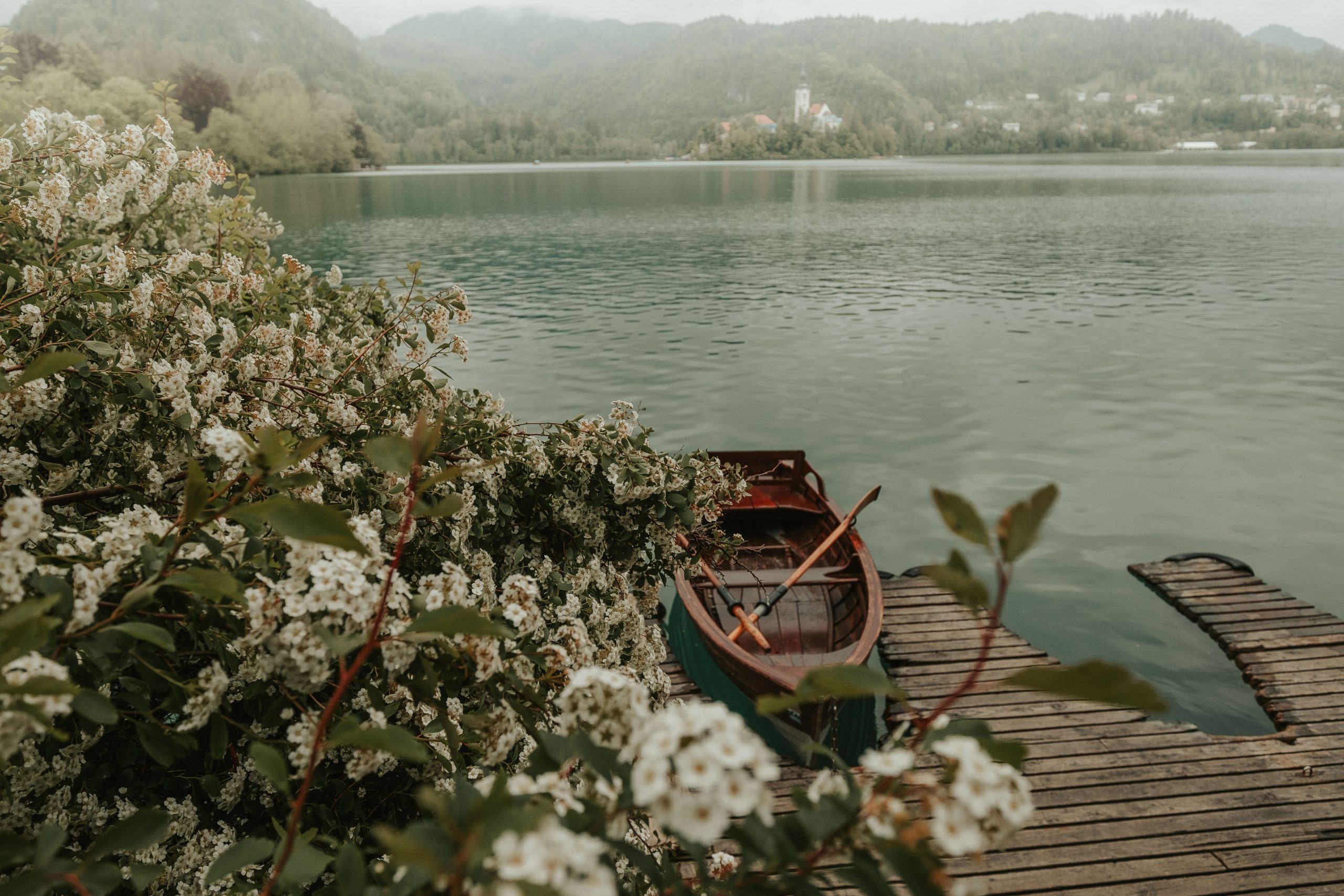
Julian Alps
The Julian Alps stretch from northeastern Italy to northwestern Slovenia. This regal range is where you will find Triglav National Park and Mount Triglav, the highest peak in the Julian Alps, as well as the entire country. It is also the showpiece of Triglav National Park, which is the only national park in the country. Mount Triglav, the “King of the Julian Alps,” is the symbol of Slovenia and a point of national pride. In fact, an image of the mountain graces Slovenia’s coat of arms and one of the country’s former presidents once proclaimed it the duty of every Slovenian to scale Triglav’s full height at least once in their lifetime. Today, Triglav is a bucket-list climb for mountaineers across the globe. The Julian Alps are also home to Mount Škrlatica, Slovenia’s second-highest peak, which is known as the “Queen of the Julian Alps”; Mount Mangart, the “Prince of the Julian Alps,” as it’s the third-highest peak, which is a very popular destination for climbers; pyramidal-shaped Mount Razor, which is one of the most respected mountains in Slovenia by climbers and has been called “The Royal of the Julian Alps” by renowned Julian Alps explorer Julius Kugy; and Mount Krn, best known for its magnificent western wall.
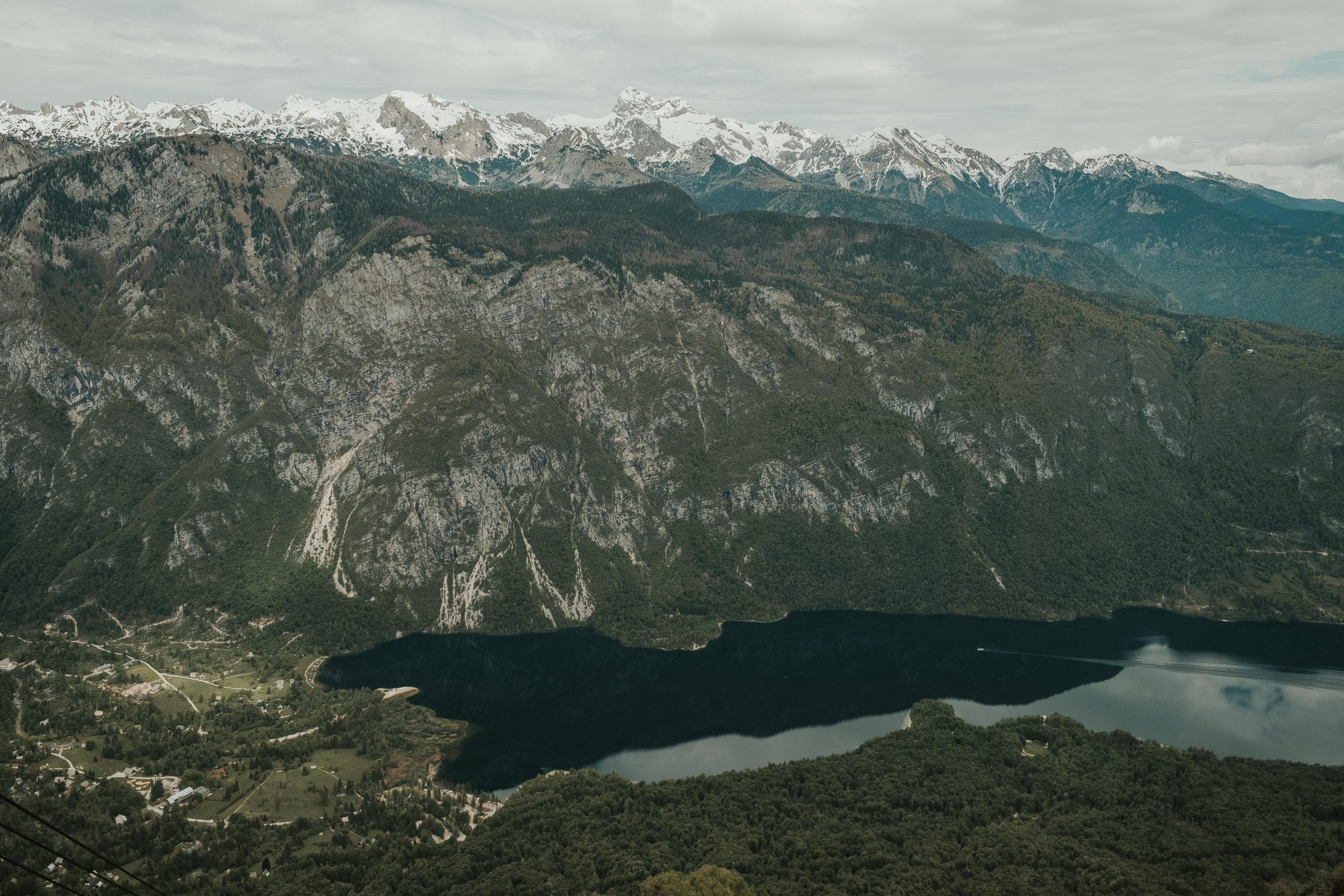
Karavanke Alps
The Karavanke Alps, one of the longest ranges in Europe and the longest in Slovenia, are just as scenic as the Julian Alps. The highest peak in the Karavanke Alps is Mount Stol, at over 2,230 meters (7,300 feet), of which numerous trails lead to its peak. Mount Stol also has commanding views of picture-postcard Lake Bled. In fact, many postcards of Lake Bled feature Mount Stol in the background. These Alps are also home to Mount Golica, which is revered for its seemingly endless fields of white narcissi. In fact, Mount Golica is frequently referred to as the “Mountain of Daffodils.”
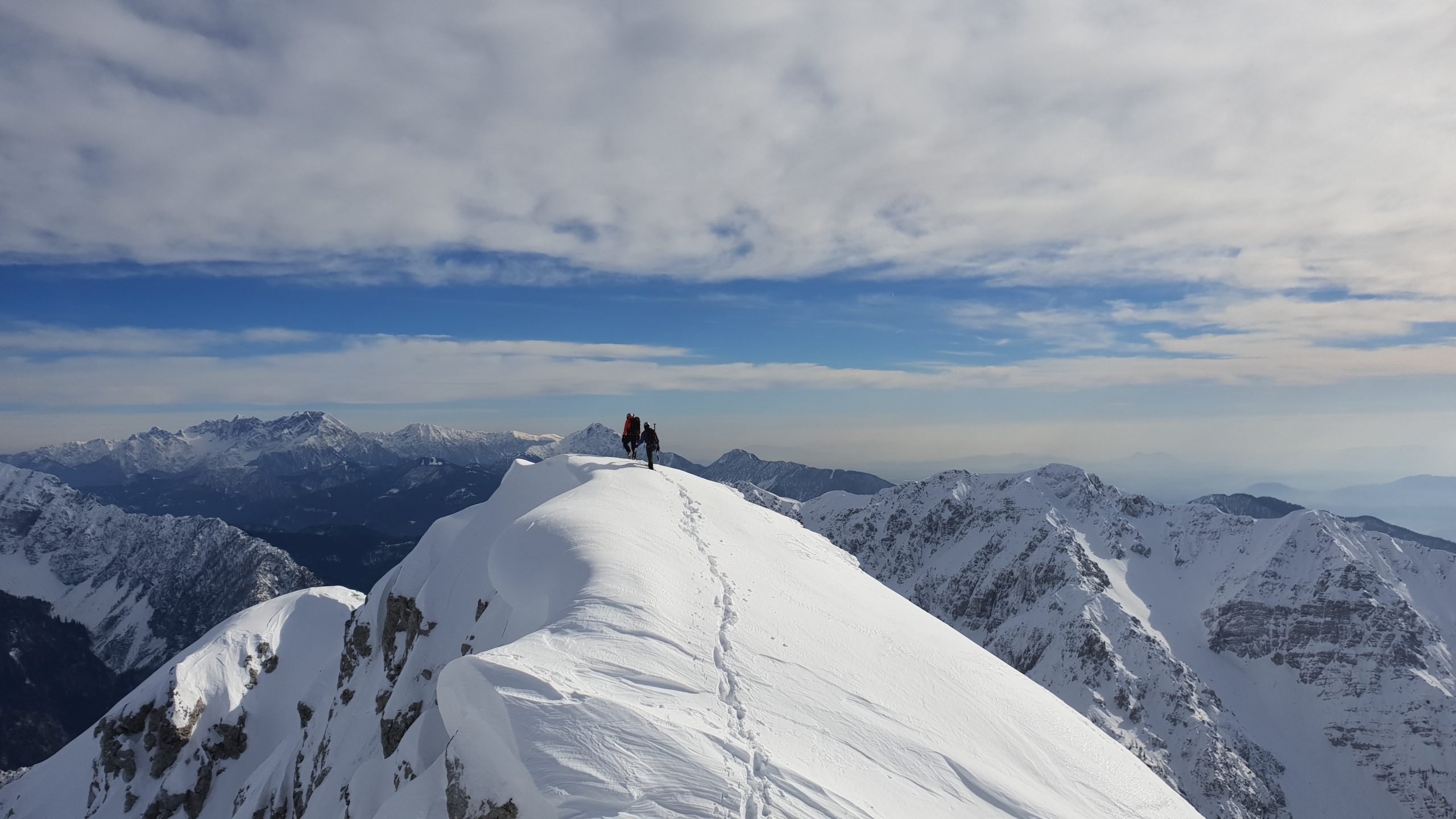
Kamnik-Savinja Alps
The Kamnik-Savinja Alps are located south of the Karavanke range and are the renowned home of the Skuta Glacier. This range is also well-known for its biodiversity, crystal-clear rivers and streams, peaceful mountain pastures, serene forests, glacier-carved valleys and an extensive network of marked hiking trails that are well-maintained. Visitors to the Kamnik-Savinja Alps will also find stunning Logar Valley and its numerous waterfalls, including Rinka Falls, one of the tallest free-falling waterfalls in Slovenia; Mount Grintovec, the highest mountain in the Kamnik-Savinja Alps, which is a popular playground for hikers, climbers and skiers; the Skuta Glacier, the most southeastern glacier in the Alps and one of its lowest-elevation glaciers; and, at the top of the mountain, advanced mountaineers will find the architecturally innovative, extremely perched Mount Skuta Alpine Shelter, which can house up to eight people. According to Uncrate, the shelter was designed to “stand up to the rigours of high-altitude life.”

Slovene Riviera
Slovenia has a breathtaking Adriatic coastline, frequently referred to as the Slovene Riviera, that is part of the Gulf of Trieste. Furthermore, because it’s only about 46 kilometres long, approximately 28.5 miles, you can hike the entire length of the country’s coastline or cover it and its seaside resorts by car in a day, cooling off along the way the aquamarine waters of the Adriatic. This stunning stretch of coast in Slovenia, although diminutive, rivals any found in neighbouring Croatia and Italy. Some of its most stunning seaside resorts are Portorož and Piran, which is renowned for its Venetian architecture.
The spa town of Portorož is widely considered one of the grandest seaside resorts along the Adriatic. Portorož also boasts Slovenia’s best beach, aptly named Portorož Beach, which is lined with restaurants, shops and cafes. Other notable beaches on the Slovene Riviera include Piran Beach; Mesečev Zaliv Beach, or Moon Bay Beach, a stunning strip of secluded coast located in Strunjan Nature Park which is considered the country’s most beautiful beach; and Mestna Beach in Koper. Historic Koper is also well-known for its medieval old town which features a number of Venetian-inspired structures, such as the 15th-century Praetorian Palace and Cathedral of the Assumption, one of the largest churches in Slovenia. Koper is not only a popular port for Mediterranean cruise ships, but the gateway to the Karst.

The Karst
Our Slovenia travel guide also includes the wondrous Karst. Slovenia’s rugged Karst region comprises high, steep plateaus, cliffs, deep valleys, pine forests and caves. In fact, the Karst is famous for caves, including world-renowned Postojna Cave, the largest show cave in Europe, and Škocjan Caves, which is a UNESCO World Heritage Site. The Karst is not only an elevated, outdoor playground but a subterranean wonderland where you can combine hiking and mountaineering with spelunking.
Škocjan Caves
Škocjan Caves features dazzling cave formations, underground lakes and waterfalls. The cave system is so wondrous that it has been recognized as one of the natural treasures of planet Earth. Additionally, Škocjan Caves, created by the Reka River, has been included on the List of Ramsar Wetlands of International Importance due to its significance in terms of ecology, botany, zoology and more. At Škocjan Caves Park you will also find a souvenir shop and restaurant, not to mention the biggest underground canyon in the world.
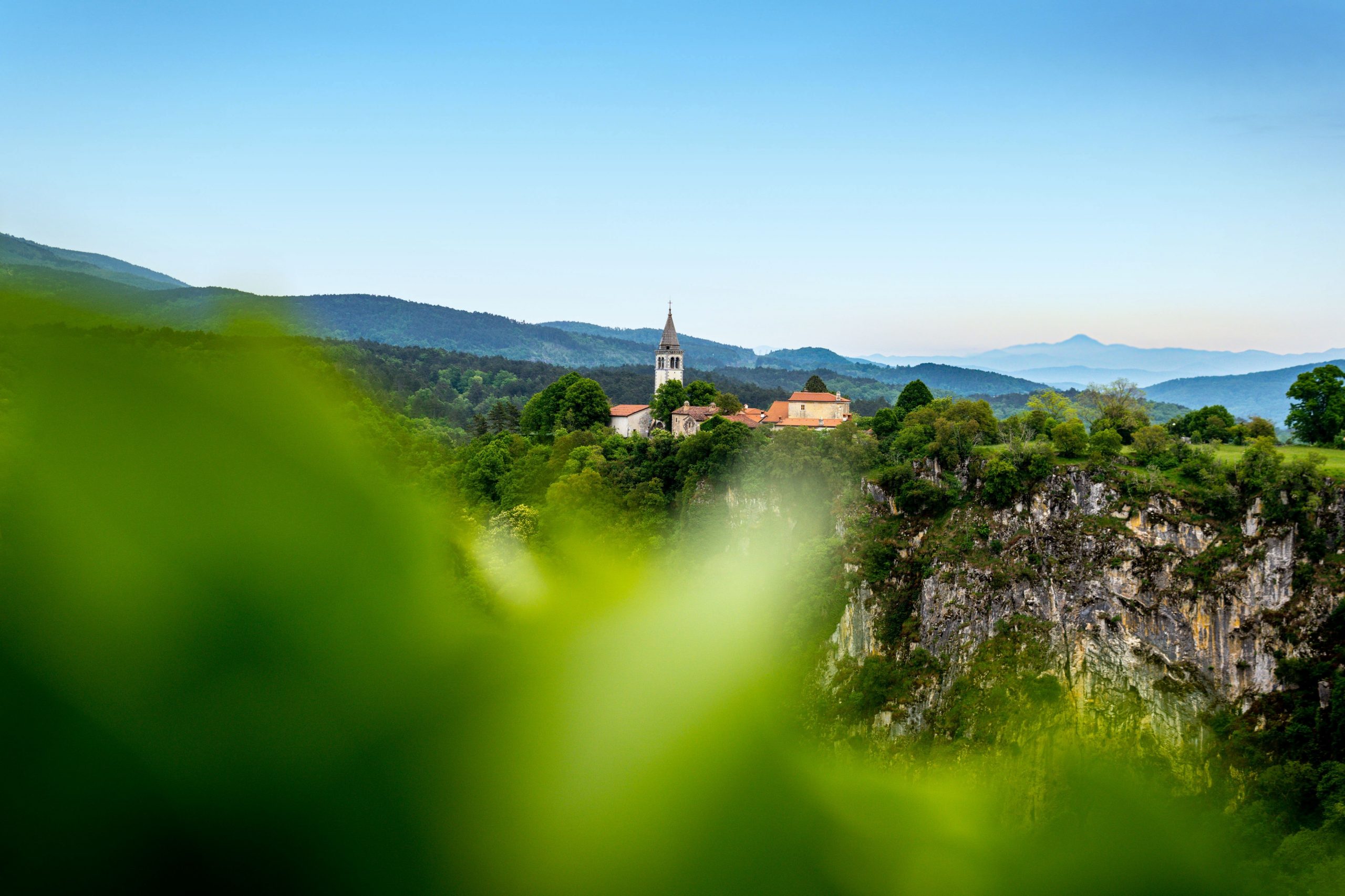
Postojna Cave
The mind-blowing underground world of Postojna Cave is 24 kilometres (15 miles) long and 2 million years old, and the most awe-inspiring cave on the continent. Visitors to Postojna Cave can explore up to 5 kilometres (3.1 miles) of its out-of-this-world system of caverns, halls and passages, not only on foot but by electric train — 1.5 kilometres by walking and 3.5 kilometres on the train, which was the first railway to ever be opened in an underground cave. By foot and train, you will see spectacular stalagmites and stalactites in all shapes and sizes. Additionally, while underground in the cave, you can see the olms, aka the “mysterious baby dragons,” who live and thrive in the eternal darkness of the cave. Not a real dragon, the olm is actually an aquatic salamander that eats, sleeps and breeds entirely underwater. One of Slovenia’s most visited tourist attractions, Postojna Cave Park is also home to medieval Predjama Castle, one of the 10 most fascinating castles in the world.
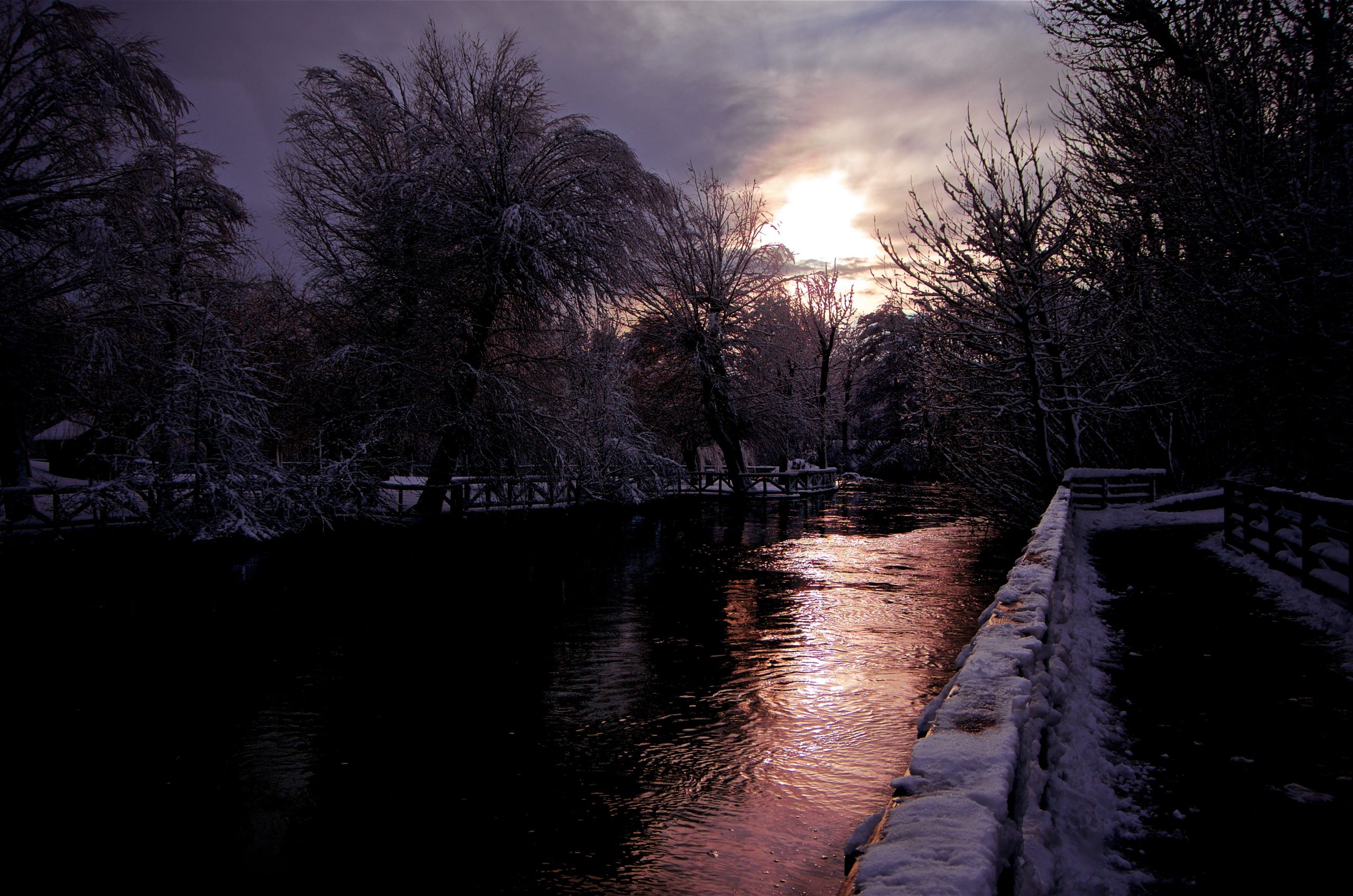
Predjama Castle
Renaissance-style Predjama Castle, part of which lies inside the mouth of a cave near Postojna Cave, is a 13th-century masterpiece that features restored living areas, dungeons and a natural secret tunnel that leads to the top of a cliff. Behind Predjama Castle, the largest castle built in the entrance to a cave, according to Guinness World Records, there is also a vast network of secret tunnels. A tour of the castle includes the armoury, where you can view medieval weaponry such as lances, swords, crossbows and more; chapel, dungeons and the cave under the castle. The castle itself is so dramatic it has been featured in numerous movies, TV shows and documentaries, and it is said that George R.R. Martin, best-selling author of “Game of Thrones,” was inspired by Predjama Castle.
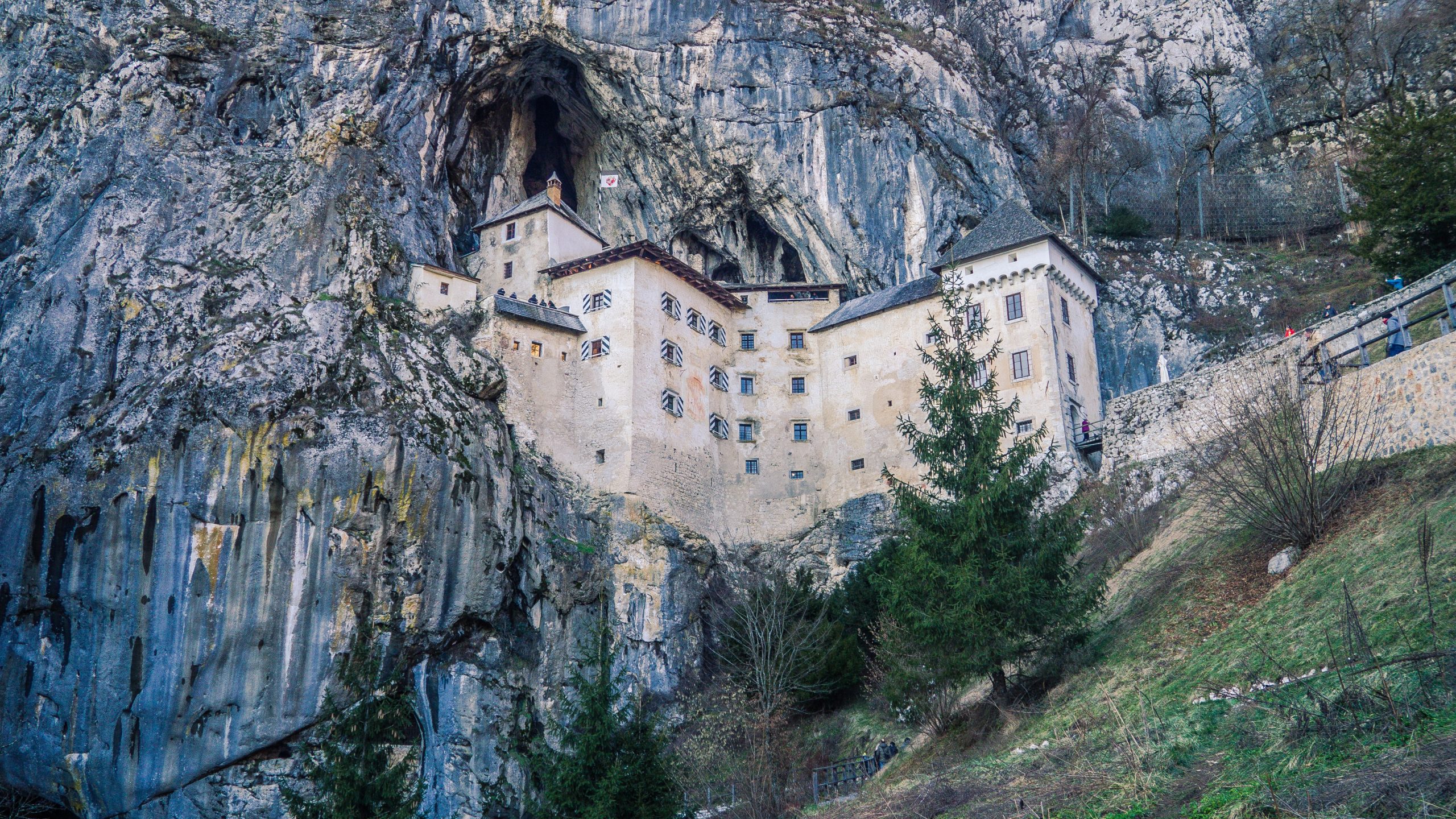
Ljubljana
Finally, no Slovenia travel guide is complete without a stop in Ljubljana, which is not only the country’s capital city but Slovenia’s capital of culture, food, fashion, finance, entertainment and more. Do you want to take a trip back in time? Then climb the hill, or take the funicular, to Ljubljana Castle. For about nine centuries, the castle has sat high atop a hill in the middle of the city and has 360-degree views of Ljubljana. More than a castle, it is also an important cultural venue. Here you will find the Chapel of St. George, a museum of Slovenian history, a puppet museum, a cafe, two restaurants and even a nightclub.
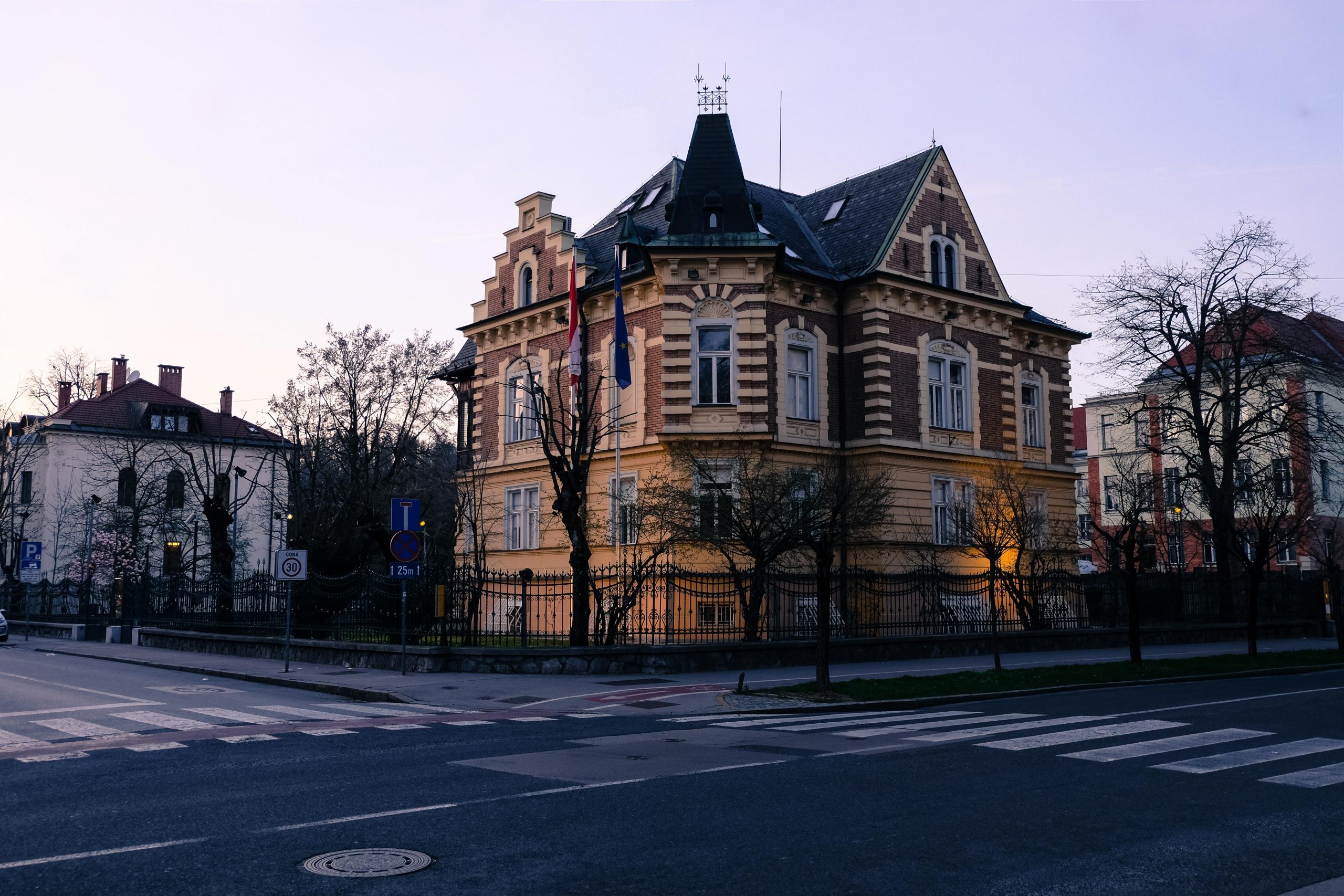
For the most commanding view of Ljubljana, climb to the top of the castle’s outlook tower. After exploring the city, take a leisurely stroll or relax on the grass intranquil Tivoli Park, the biggest park in the city. The park is replete with chestnut tree-lined walkways, colourful flower beds and a plethora of peaceful fountains. It also boasts Tivoli Castle, Cekin Mansion and its Museum of Contemporary History of Slovenia, a number of sculptures and Tivoli Pond. And what better way to end your Slovenia travel and trip to Ljubljana than to walk across its iconic Triple Bridge? Take any one of the Tromostovje’s trio of pathways, or all three, over the Ljubljanica River and listen to the rhythm of the river.






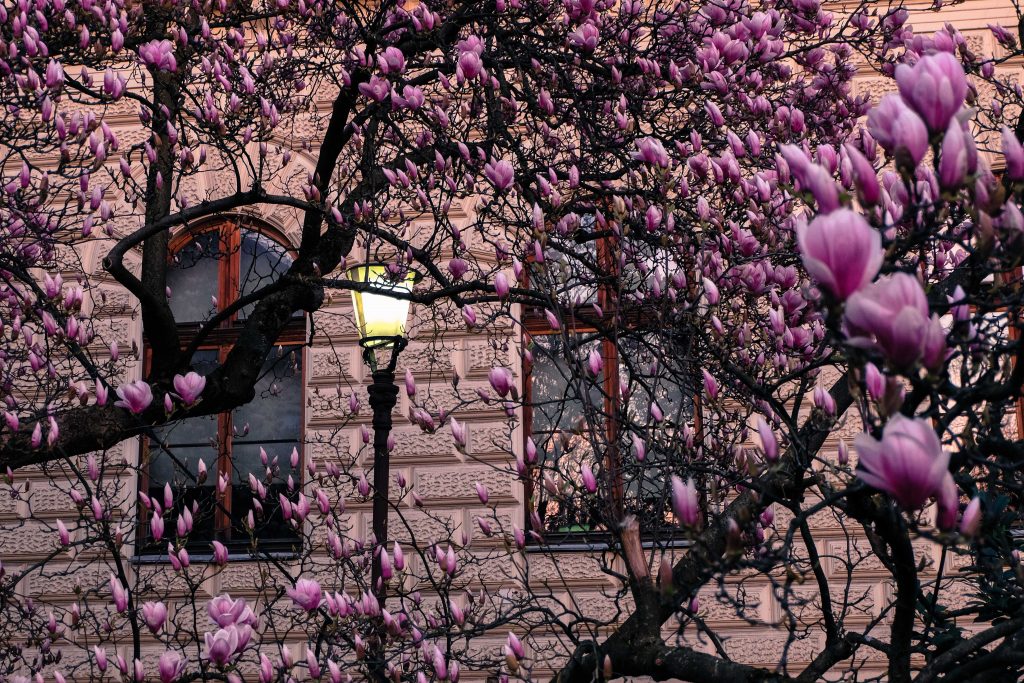


Leave a Reply